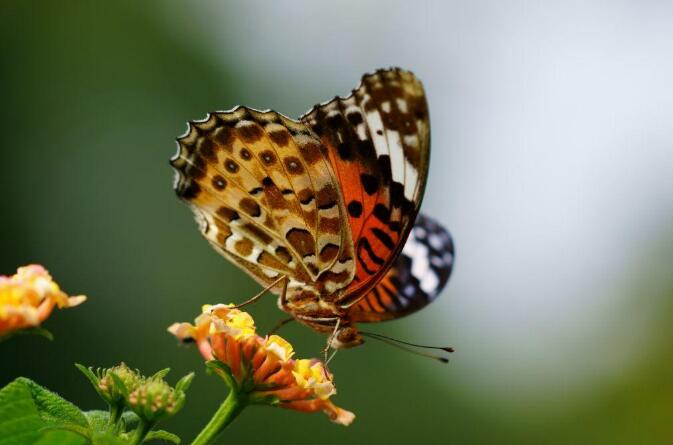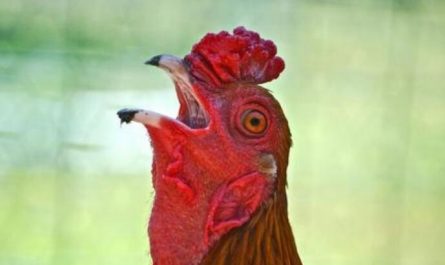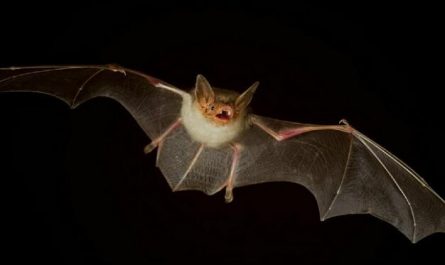The reason why butterflies are omnivores
After the butterfly larvae bite through the egg shell and hatch out, some species have a little rest and directly gnaw on the host plant; some species (such as the red-eyed bamboo butterfly) first feed on the egg shell and then the plant; some species still It needs to feed on the old epidermis that is shed each time it molts, such as Pieris rapae and Pieris porphyra.
The feeding objects of butterfly larvae vary from species to species. Most larvae feed on leaves; some species, such as pieris, orange spotted pieris, and other species feed on flower buds; and some species eat tender pods or young fruits, such as The pod lycaenidae eats tender pods, and the gardenia lycaenidae eats young gardenia fruits. In addition, in Lycaenidae, there are a few species of larvae that are carnivorous. For example, the lycaenidae is addicted to coffee scales, and the bamboo aphids and lycaenidae feed exclusively on bamboo aphids. This carnivorous species is not among the butterflies Common beneficial insects.
Larvae that feed on plant leaves, such as the early stage of the first instar, often gnaw on the mesophyll on the back of the leaf, leaving the upper epidermis, forming a glass window-like transparent spot. Later, the larvae eat the leaf perforation, or nibble inward from the leaf edge; The body of the worm grows, and the food intake is getting bigger and bigger. When the insect population on a plant is high, the whole plant is eaten up.
Most butterflies suck nectar. For butterflies that suck nectar, they not only suck nectar, but also like nectar from certain plants. For example, blue swallowtails suck nectar from plants of the lily family; cabbage butterflies suck nectar from cruciferous plants. Plant nectar; leopard nymphs are addicted to the nectar of compositae plants, etc.; some of the butterflies that do not suck nectar include bamboo eyes that suck the juice of figs; the lavender nymphs suck the physalis of diseased oak and poplar; and some Butterflies will suck the meat of grapes, and butterflies are common in grape fields.
The purpose of butterfly wings
Butterfly wings are like two wings of an airplane, allowing the butterfly to use the airflow to fly forward; the colorful patterns on the butterfly wings are amazing. However, their colorful wings are not just for feasting people’s eyes. The colorful colors are used to hide, disguise and attract spouses. The new book “100 Kinds of Butterflies” written by Harold Feinstein shows people very beautiful pictures of butterflies and moths.
Beautiful wings
This South American species (pictured on the right) is called the “Eighty-eight butterfly” and is distributed in South America. There are about 40 species. Its characteristic is the striking “88” on the hind wings. The markings of many insects are fickle, and sometimes some amazing patterns appear.
Defend against the enemy
Owl butterflies are so named because of the huge eye-like markings on their wings. Its function is obvious-imitating the staring owl face to frighten nearby predators. In fact, biologists have yet to confirm whether these eye markings are meant to scare away predators. It may also be used as a bait for predators to attack their wings instead of their vulnerable bodies.
Gorgeous sunset
The origin is the “sunset moth” of Madagascar. The brilliant colors on their wings are also used to warn predators of their toxicity. Both butterflies and moths belong to the Lepidoptera order, and they have a large number of scales on their wings. Their wings are made up of tiny spots-providing insect protection from moisture and forming elegant colorful patterns. Some colors are caused by the pigment of the scales, but the rainbow-like tones are caused by the scattering of tiny scales.
Blue phantom
Blue morpho (blue morpho) wings glow with light blue fluorescence. Their cobalt blue does not come from pigments, but the thousands of translucent scales on their wings, which can filter out the blue light in visible light and make it radiate from the wings. It can quickly flap its wings to produce a flash when the natural enemy approaches, and then scare the natural enemy away. This tropical butterfly does not eat nectar, but draws juice from rotten fruits. Its favorites are mango juice, kiwi juice and lychee juice. The Goddess of Light Butterfly is the most beautiful butterfly in the world.
Invisibility
This glasswing butterfly has a unique dreamy color. The tissue between its wing veins is transparent and looks like glass, hence the name. Like other transparent winged butterflies and moths, its wing film is not colored or covered with scales, which makes them transparent. This transparency helps the transparent winged butterfly native to the tropical rain forests of South America to easily escape the sight of predators. Although transparent butterfly is very rare to people, in fact, it is not a large number in its native place and is not listed as a rare species.
Leopard lure
Many butterflies try to hide to avoid attention. But there is one exception, that is, insects want to get the attention of the opposite sex during the mating season. Male leopard lacewing butterflies like to show off their gorgeous orange, which may be sending a signal to females that such a conspicuous target is still alive, and he must have good genes. Leopard nymphs are male and female, which means that females are not very conspicuous. Because they don’t need to impress the mating partner, the color of female wings is brown, black, and white.






